The Complete Guide to No Balls in Cricket

Cricket is a game that is played with a lot of rules and regulations. One of the most important rules in cricket is the no-ball rule. A no-ball is a type of penalty in cricket that is given by the umpire when a bowler oversteps the line while delivering the ball. This can result in the batting team being awarded a run or a free hit, depending on the type of no-ball. In this blog, we will discuss the various types of no-balls in cricket.
Front Foot No Ball
The most common type of no-ball in cricket is the front foot no-ball. In this type of no-ball, the bowler oversteps the front line, which is marked by a white line on the pitch. This line is usually around 22 yards from the wicket. If the bowler's foot crosses this line before delivering the ball, then it is considered a no-ball.The umpire signals a front foot no-ball by extending one arm horizontally and raising the other arm above their head. The batting team is awarded one run for the no-ball, and the bowler must bowl another delivery. In addition, if the batsman hits the ball, then it is considered a free hit, which means that the batsman cannot be out on that delivery, except for a run-out.
Back Foot No Ball
The back foot no-ball is another type of no-ball in cricket. In this type of no-ball, the bowler oversteps the back line, which is marked by a white line on the pitch. This line is usually around 4 yards from the wicket. If the bowler's foot crosses this line before delivering the ball, then it is considered a no-ball.The umpire signals a back foot no-ball by extending one arm horizontally and pointing towards the bowler's end. The batting team is awarded one run for the no-ball, and the bowler must bowl another delivery. However, the batsman cannot be given a free hit for a back foot no-ball.
High Full Toss No Ball
A high full toss no-ball is a type of no-ball in which the ball is delivered above the waist height of the batsman. This is a dangerous delivery, as it can cause injury to the batsman. If the ball is delivered above the waist height of the batsman, then it is considered a no-ball.The umpire signals a high full toss no-ball by extending one arm horizontally and pointing towards the bowler's end. The batting team is awarded one run for the no-ball, and the bowler must bowl another delivery. In addition, if the batsman hits the ball, then it is considered a free hit, which means that the batsman cannot be out on that delivery, except for a run-out.
Short Pitch No Ball
A short pitch no-ball is a type of no-ball in which the ball bounces more than once before reaching the batsman. This can be a dangerous delivery, as it can cause injury to the batsman. If the ball bounces more than once before reaching the batsman, then it is considered a no-ball.The umpire signals a short pitch no-ball by extending one arm horizontally and pointing towards the bowler's end. The batting team is awarded one run for the no-ball, and the bowler must bowl another delivery. In addition, if the batsman hits the ball, then it is considered a free hit, which means that the batsman cannot be out on that delivery, except for a run-out.
Fielding No Ball
A fielding no-ball is a type of no-ball in which the fielder breaks the fielding restrictions. In cricket, there are certain areas of the field where fielders are not allowed to stand. If a fielder stands in one of these areas, then it is considered a no-ball. The umpire signals a fielding no-ball by extending one arm horizontally and pointing towards the fielder who has broken the restrictions.The batting team is awarded one run for the no-ball, and the ball is re-bowled. In addition, if the batsman hits the ball, then it is considered a free hit, which means that the batsman cannot be out on that delivery, except for a run-out.
Non Striker No Ball
A non-striker no-ball is a type of no-ball in which the bowler delivers the ball while the non-striking batsman is outside their crease. If the bowler delivers the ball while the non-striking batsman is outside their crease, then it is considered a no-ball.The umpire signals a non-striker no-ball by extending one arm horizontally and pointing towards the non-striking batsman. The batting team is awarded one run for the no-ball, and the ball is re-bowled.

In conclusion, there are several types of no-balls in cricket, each with its own unique rules and penalties. The front foot no-ball is the most common type of no-ball, but there are also back foot no-balls, high full toss no-balls, short pitch no-balls, fielding no-balls, front foot short pitch no-balls, and non-striker no-balls.It is important for players and umpires to understand these rules and regulations to ensure that the game is played safely and fairly. While no-balls can be frustrating for bowlers and fielding teams, they are an important aspect of the game that ensures that the rules are followed and that the game is played within the spirit of cricket.

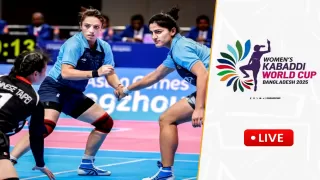


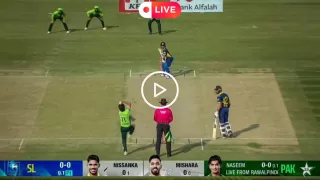
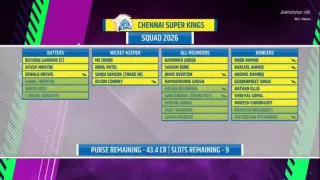
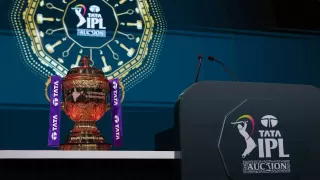
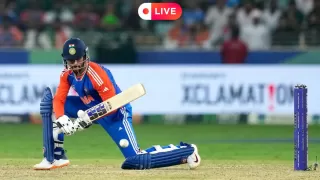
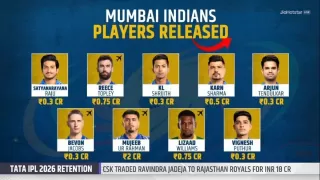
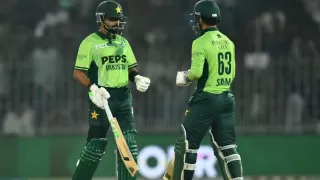

Give Your Feedback